Virtual Realities Exhibition
Oct 10, 2024, 10.00 AM @ Festival Center D'24
The Dokumentale exhibition will take you into a world where the boundaries between reality and fiction are blurred. In an era where technology is constantly redefining our perception of reality, games, multimedia projects, and virtual reality offer unique opportunities to immerse ourselves in worlds we might otherwise never enter.
This exhibition is a journey through emotional landscapes that make us think and move us with an intensity that we rarely experience in everyday life. With two installations, eight VR projects, and an exhibition, we are showing how diverse and powerful the art of digital storytelling can be. Documentary accuracy and the creative freedom of fiction meet at eye level, merging into a new form of storytelling that appeals to not just the mind but also the heart.
The exhibition is an invitation to expand your imagination and engage in a special experience that is both profound and evocative. For as we immerse ourselves in these virtual worlds, we discover new perspectives, but perhaps also unexpected facets of our own reality. At a time when the digital and physical worlds are increasingly intertwining, the exhibition reminds us how powerful and transformative immersing ourselves in other realities can be. It is an xperience that will reverberate long after you have left the exhibition.
Tickets
20
Media in this event

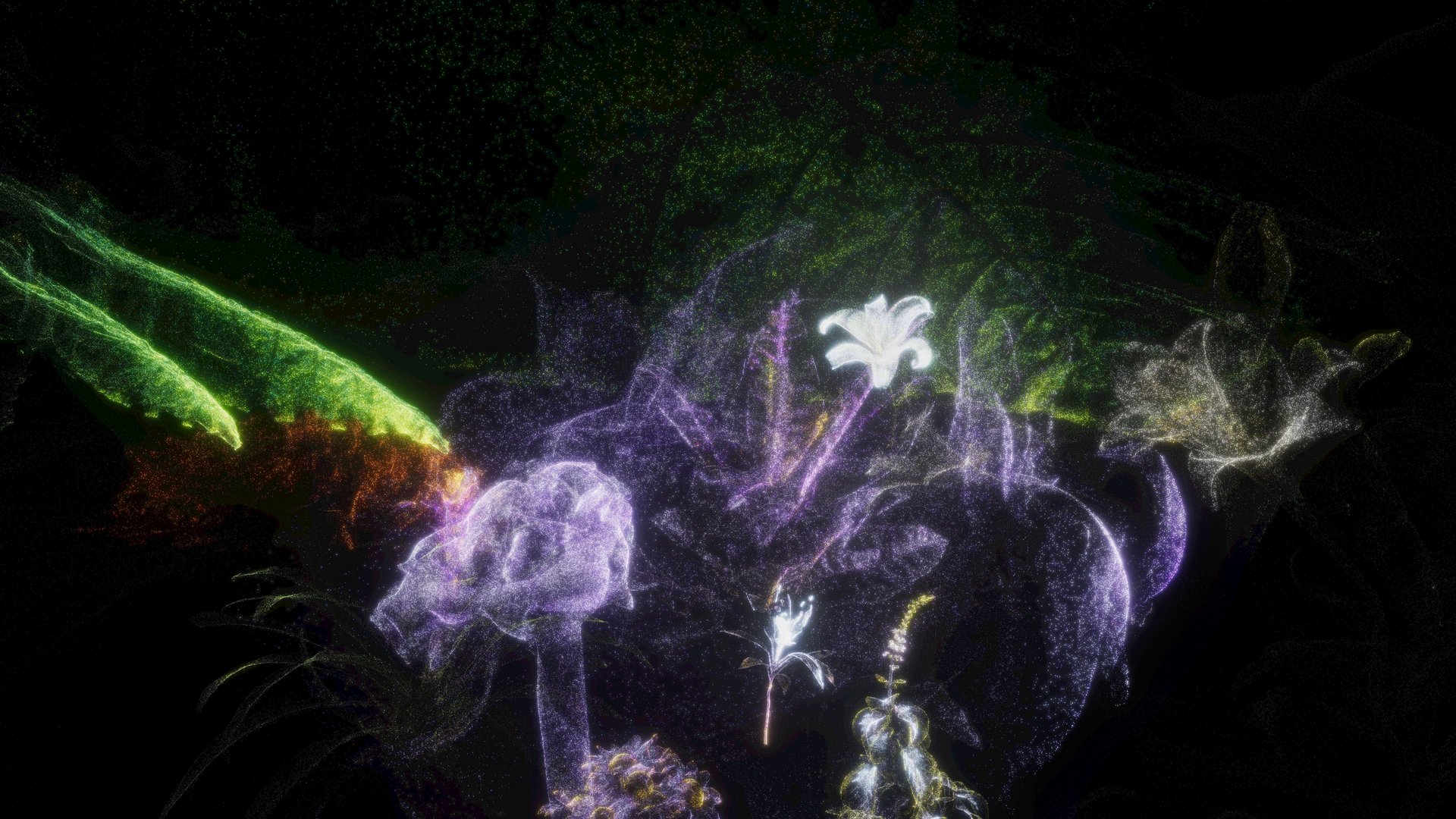
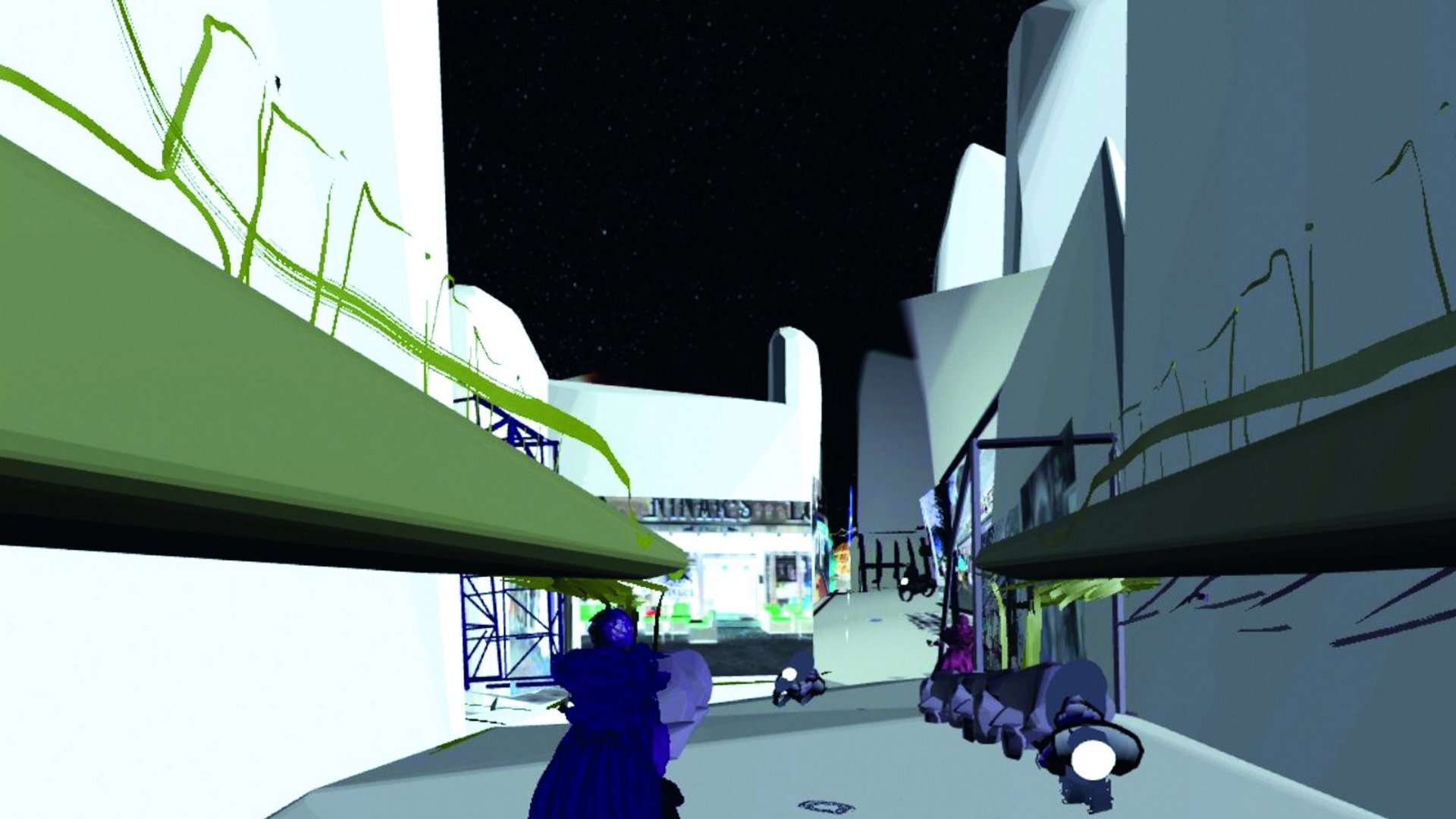
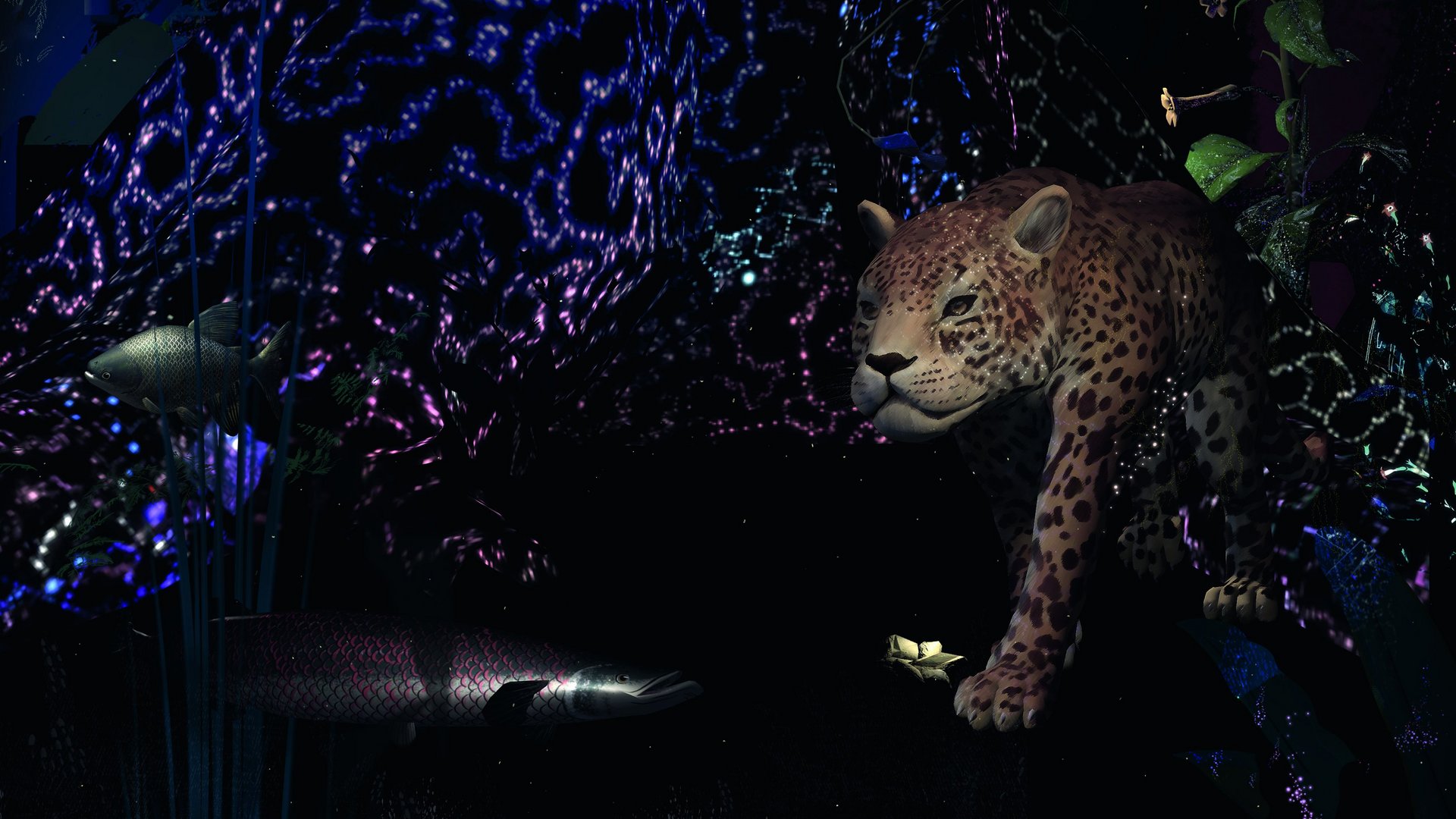
VX
Origen
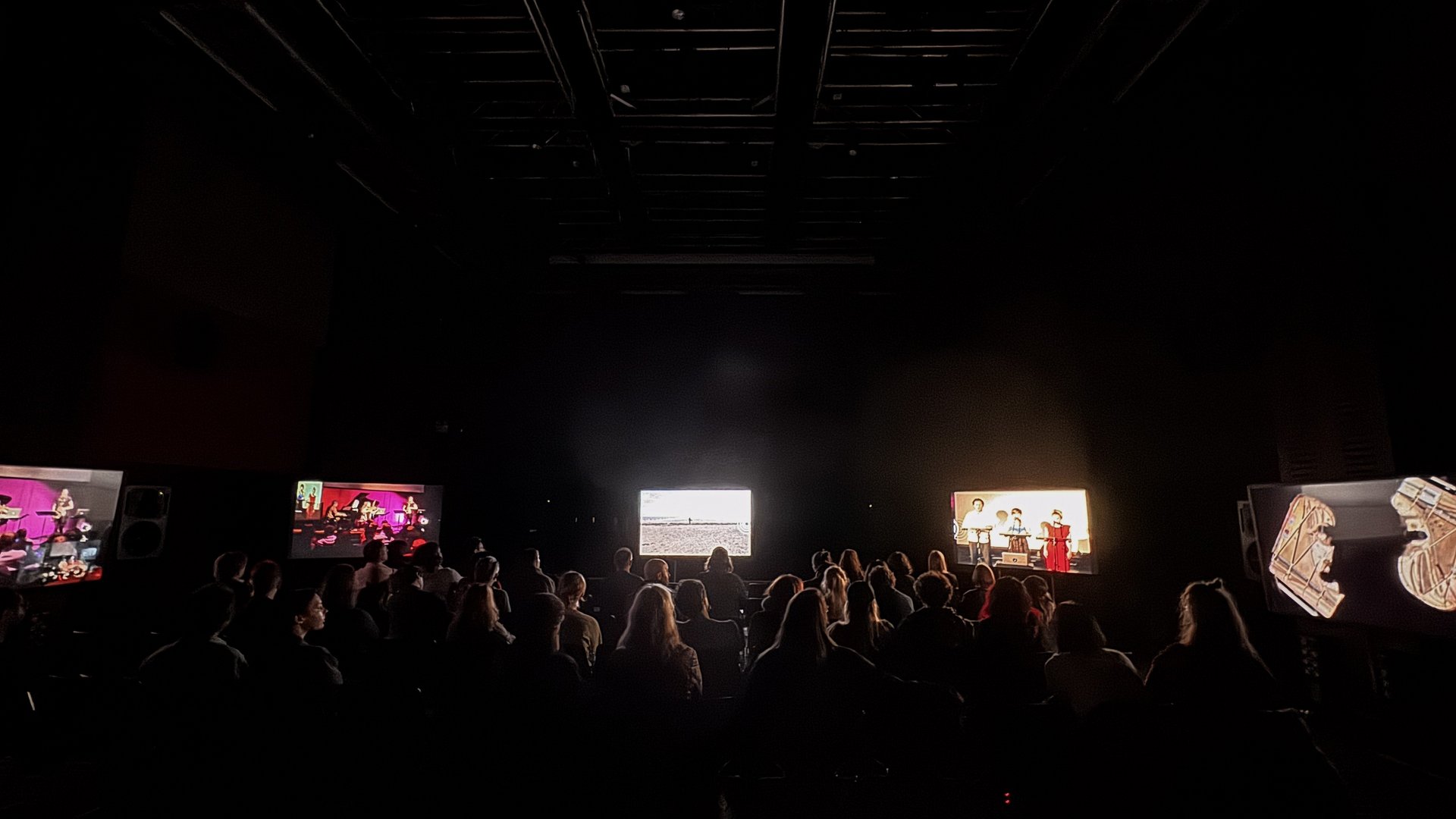
VX
SARC x 20
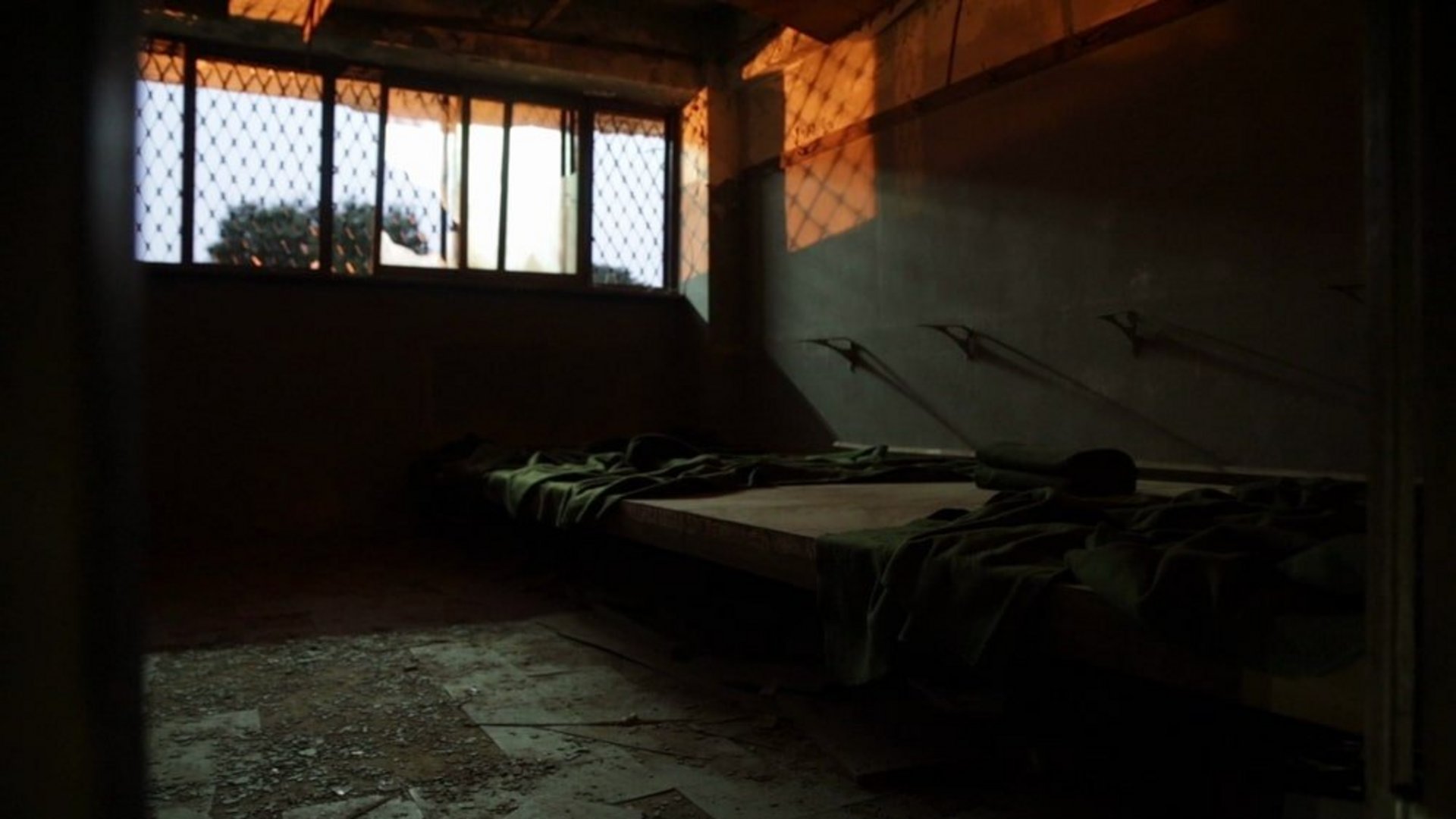
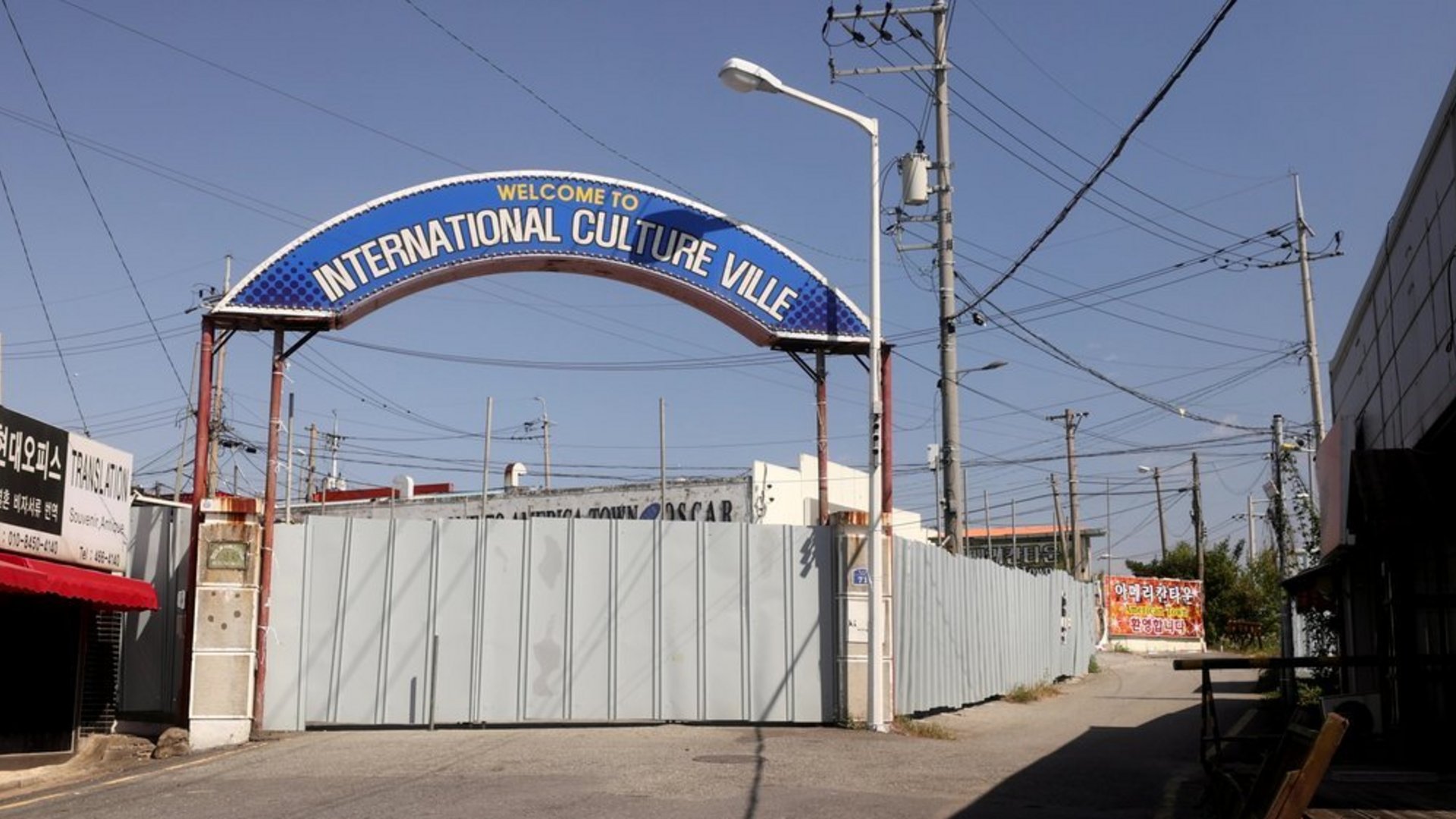
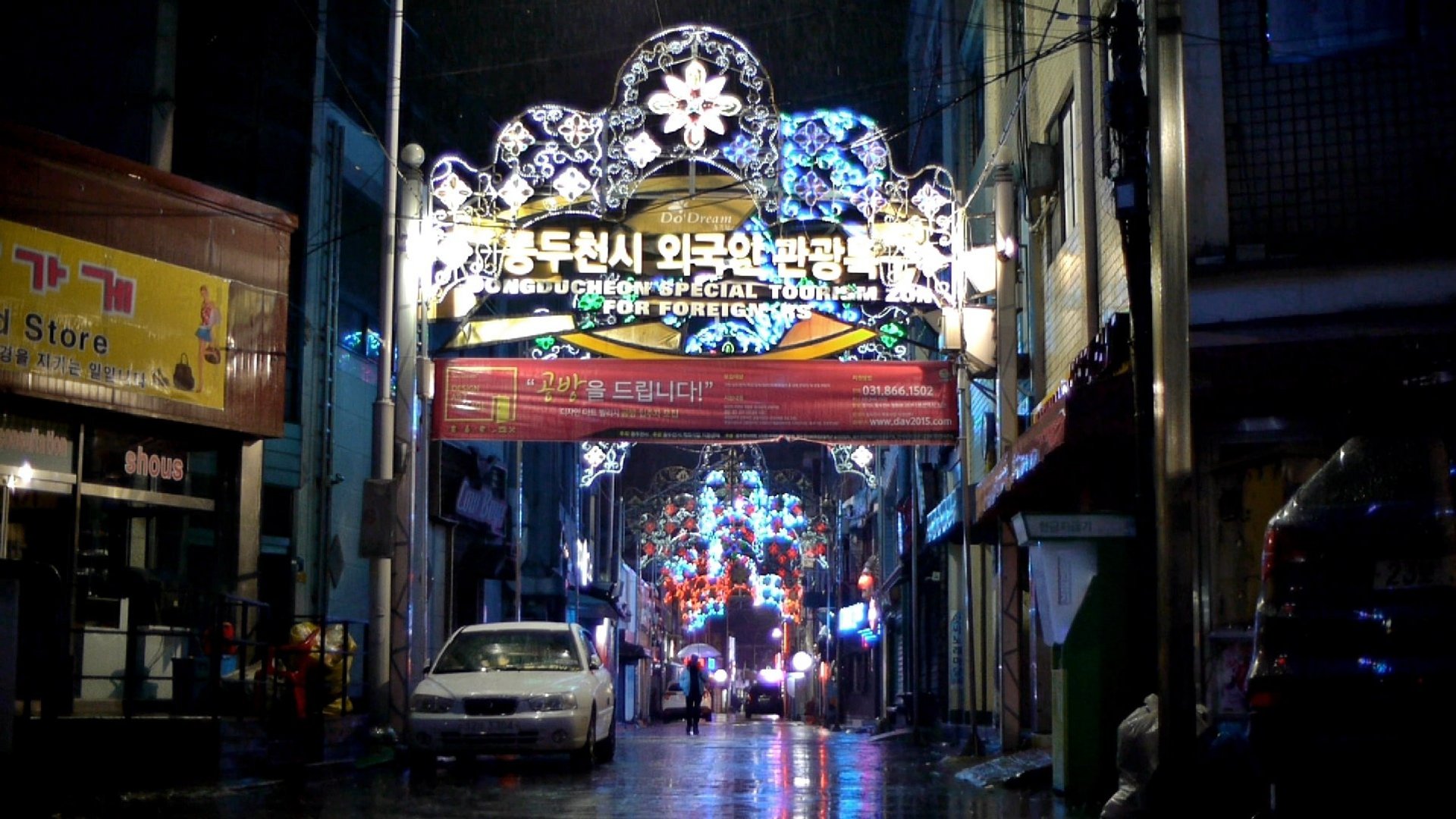

VX
The Matriarx
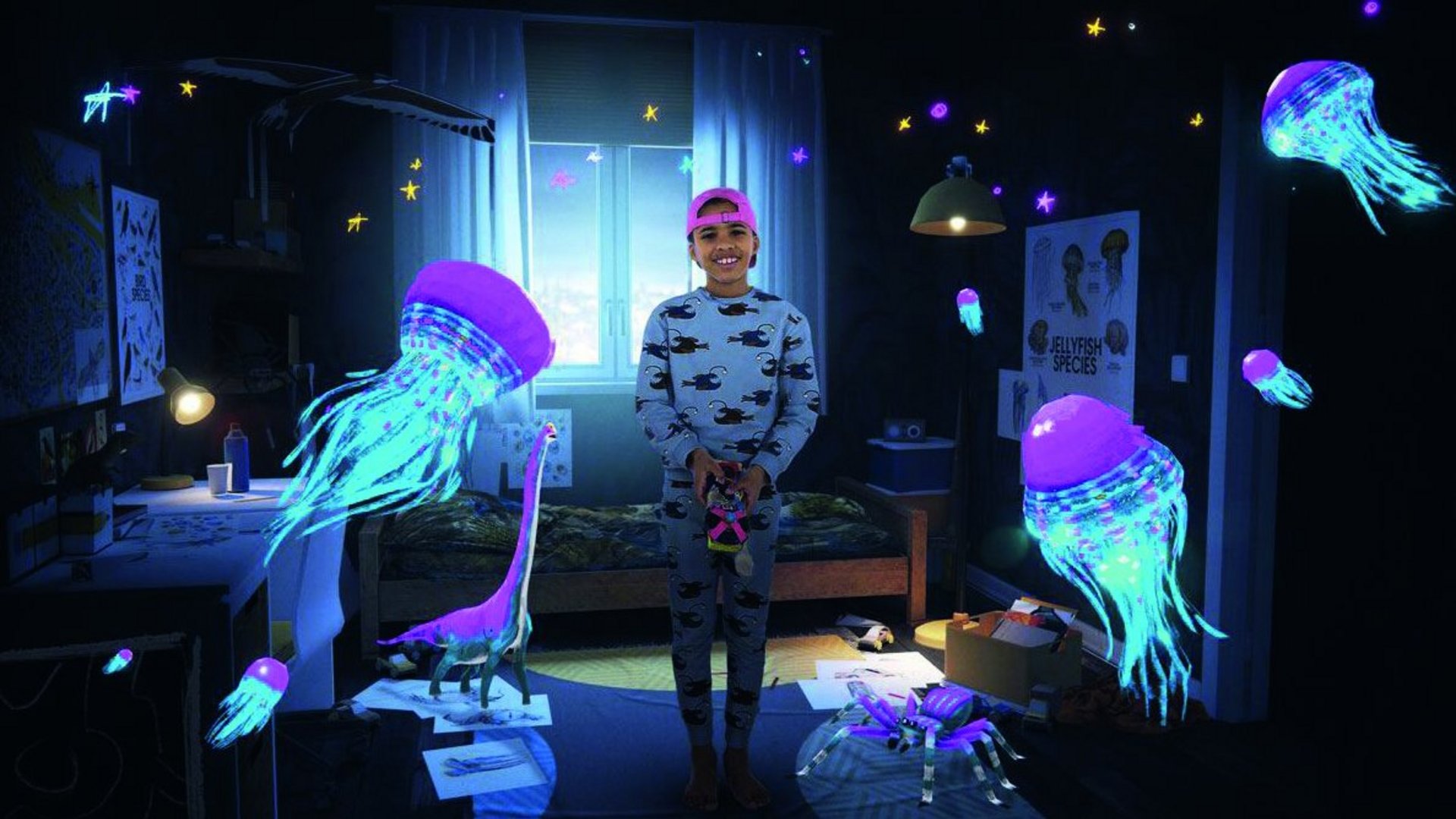
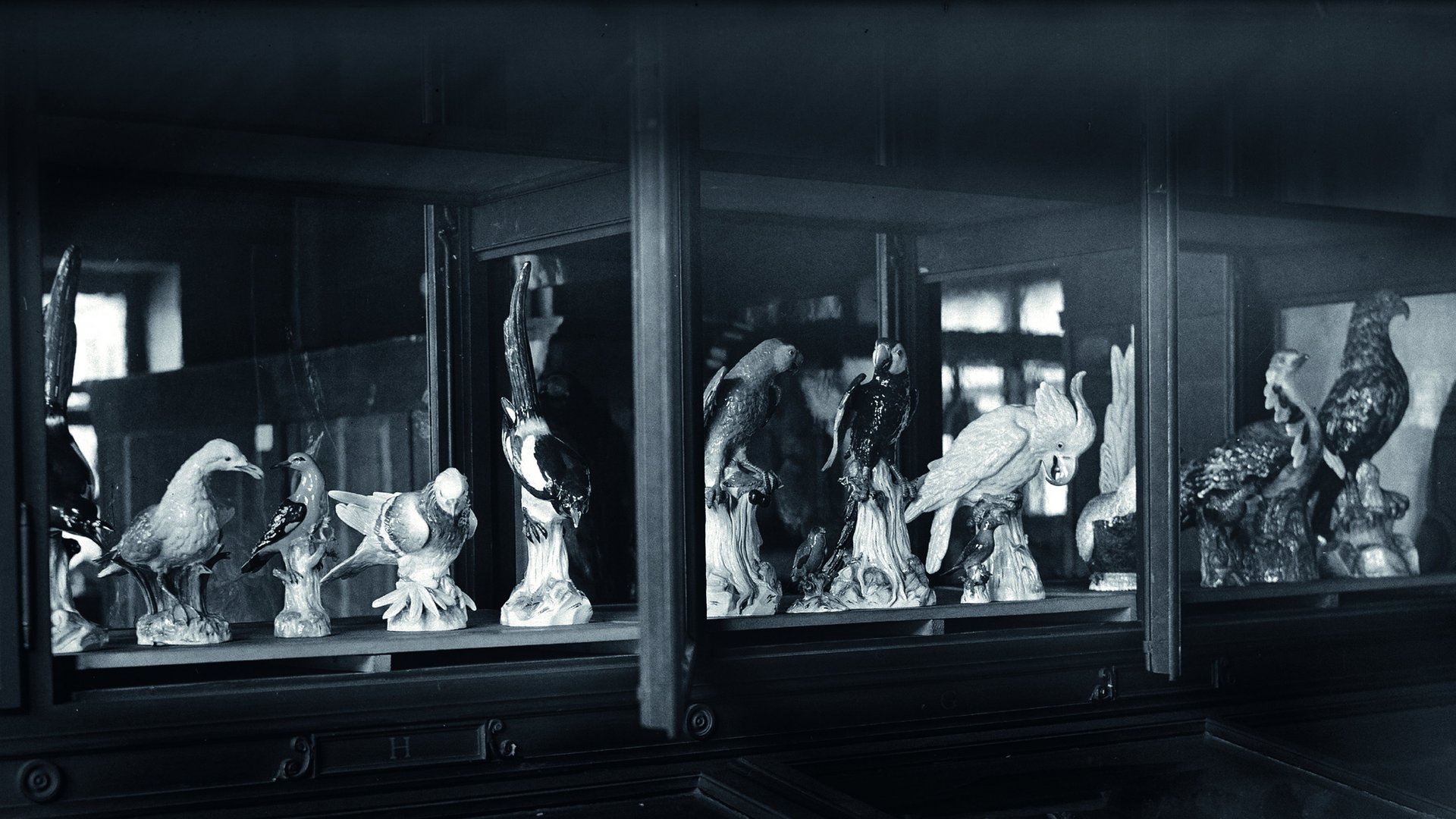
VX
A Provenance
Tickets
20